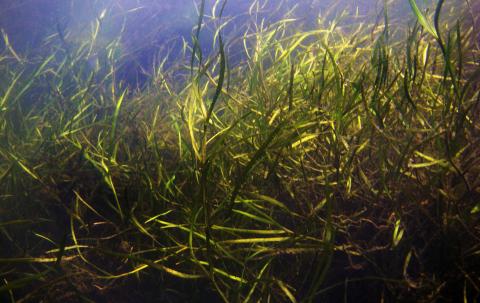The Chesapeake Bay Program has exceeded its goals for reducing two key nutrients that pollute the Bay, the partnership announced Tuesday.
Phosphorus and sediment loads are lower, thanks to pollution efforts put in place between 2009 and 2017 in the Bay watershed states: Delaware, Maryland, New York, Pennsylvania, Virginia, West Virginia and the District of Columbia.
But the third key nutrient the Chesapeake Bay Program seeks to reduce, nitrogen, fell short of its target.
Through the Chesapeake Bay Watershed Agreement, states committed to put practices in place that would get the Bay 60 percent of the way to its goal in 2017, and all the way there by 2025. As it stands, nitrogen-reduction efforts are 40 percent of the way there, phosphorous reductions are 87 percent of the way there, and sediment is 67 percent.
Excessive nutrients, especially nitrogen, phosphorus and sediment, are a main cause of the Bay’s poor health. Sediment can block sunlight from reaching underwater plants that keep the water healthy. Nitrogen and phosphorus fuel algae blooms that starve aquatic life of oxygen.
Experts credit the improvement in phosphorus and sediment to wastewater treatment plant upgrades, and better plans to reduce agricultural runoff. But, they say, both agricultural and urban improvements will need to be made even faster to fix the shortfall in nitrogen reduction.
“It is great to see our efforts have resulted in measurable improvements in the Bay’s health and its living resources. While we are encouraged by our progress…we must accelerate nitrogen reductions if we are to be successful,” says Dinorah K. Dalmasy, who is co-chair of the Water Quality Goal Implementation Team.
Each year, the Chesapeake Bay Program partners report the pollution controls they have put into place, and water quality experts run computer simulations known as the Watershed Model to determine how far the partners have come towards meeting reduction goals.



